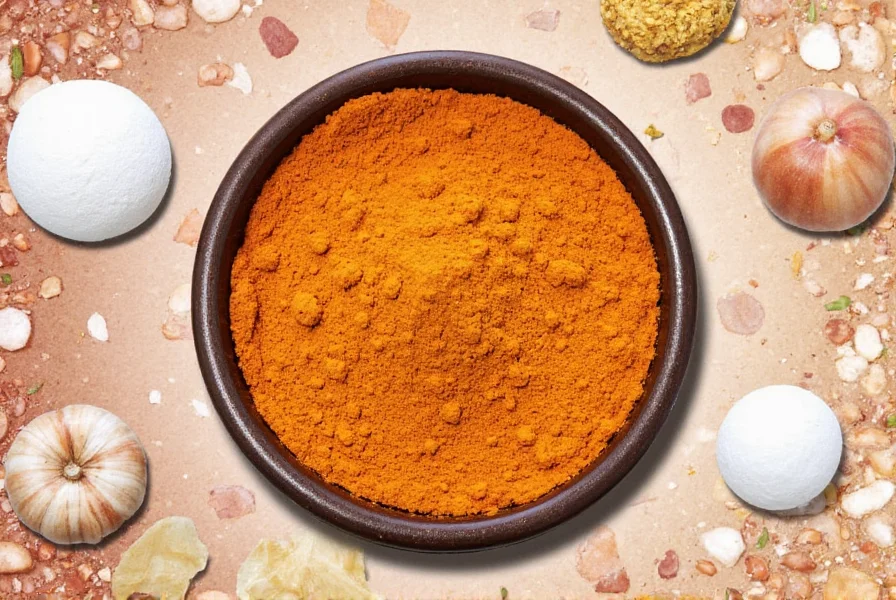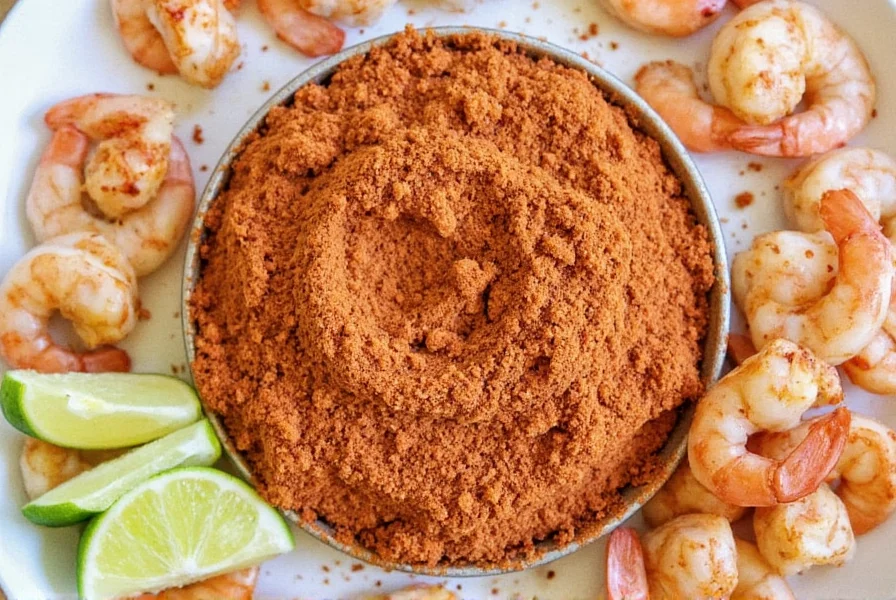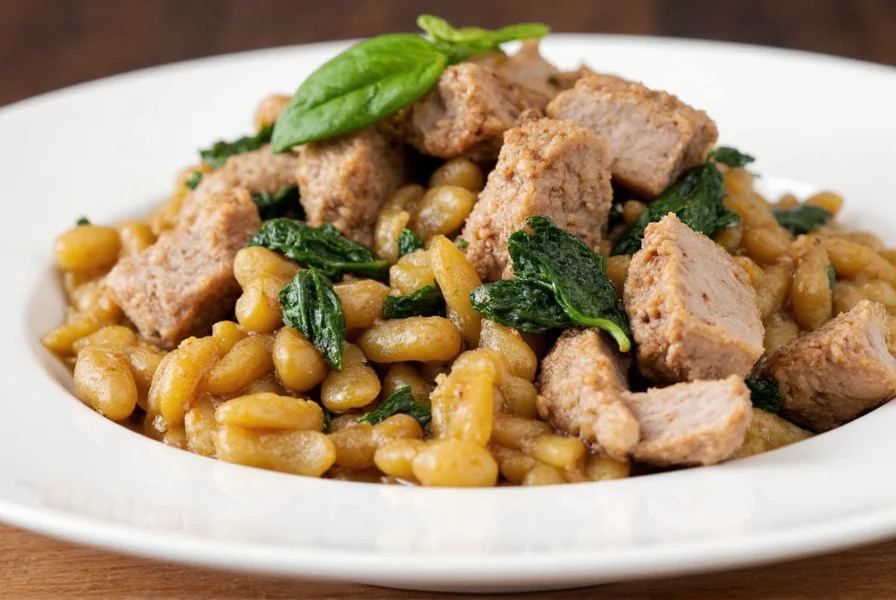Spice It Up: A Tandoori Spice Menu Adventure for the Curious and the Culinary Connoisseur
Table of Contents
Introduction to Tandoori Spice Menu
The tandoori spice menu is a vibrant celebration of flavor, tradition, and culture. Originating from the Indian subcontinent, tandoori spices have become a global favorite, adding depth and warmth to everything from grilled meats to vegetable dishes. Whether you're an amateur enthusiast or a seasoned chef, understanding the tandoori spice menu can elevate your cooking game and open up a world of taste.

The Spice Travel: Exploring Global Tandoori Traditions
Tandoori spices are more than just a blend of herbs and spices; they’re a gateway to a rich culinary heritage. From the fiery heat of North India to the aromatic blends of the Middle East, each region has its own take on tandoori flavors. Here's a quick tour of some global tandoori traditions:
- Indian Tandoori: Known for its bold use of cumin, coriander, and garam masala, this style often includes yogurt-based marinades that infuse meat with flavor and moisture.
- Pakistani Tandoori: Similar to its Indian counterpart but often features more garlic and ginger, giving it a stronger, more pungent aroma.
- Iranian Tandoori: Incorporates saffron, turmeric, and sumac for a unique, earthy twist on the classic tandoori profile.
- Middle Eastern Tandoori: Often uses za’atar, thyme, and paprika to create a smoky, herbaceous flavor that’s perfect for grilling.

Practical Tips for Cooking with Tandoori Spices
If you're looking to bring the tandoori spice menu into your kitchen, here are some practical tips to get started:
- Marinate for Maximum Flavor: The longer you marinate your protein, the more it will absorb the spices. Aim for at least 2 hours, or even overnight if possible.
- Use Fresh Ingredients: Freshly ground spices make all the difference. Avoid pre-packaged mixes unless you're in a hurry—opt for whole spices and grind them yourself.
- Balance Heat and Aroma: Tandoori spices can be quite spicy, so adjust the amount of chili powder or cayenne to match your taste preference.
- Experiment with Dishes: Tandoori spices aren't just for chicken. Try them on lamb, fish, vegetables, or even tofu for a new twist on traditional recipes.

Buying Guide: Choosing the Best Tandoori Spice Mixes
When it comes to tandoori spice menus, the quality of your spice mix can make or break your dish. Here's what to look for when purchasing tandoori spice blends:
Features to Consider
- Ingredients: Look for high-quality, natural ingredients like cumin, coriander, turmeric, and garam masala. Avoid mixes with artificial preservatives or fillers.
- Origin: Some spice blends are made in-house using traditional methods, while others are mass-produced. Choose blends that reflect authentic tandoori techniques.
- Flavor Profile: Different tandoori spice mixes have varying levels of heat, aroma, and depth. Choose one that matches your recipe needs.
Advantages of Buying Quality Tandoori Spices
- Consistency: Store-bought blends are often more consistent in flavor and quality than homemade mixes.
- Convenience: They save time and effort, especially if you're not a regular cook.
- Versatility: Many tandoori spice mixes can be used in multiple ways, from marinades to seasoning blends.
Use Cases and Target Audience
- Home Cooks: Perfect for those who want to experiment with tandoori flavors without spending too much time preparing the spices.
- Chefs: Ideal for professional kitchens looking for consistency and authenticity in their tandoori dishes.
- Food Enthusiasts: Great for anyone interested in exploring global cuisines and learning about different spice combinations.
Suitable Occasions
- Family Dinners: A great way to add a touch of exotic flavor to weeknight meals.
- Parties and Gatherings: Perfect for impressing guests with a flavorful, aromatic dish.
- Weekend Brunches: Can be used in omelets, eggs, or as a seasoning for roasted vegetables.
Comparison Table: Tandoori Spice Varieties
| Spice Blend | Key Ingredients | Flavor Profile | Best For |
|---|---|---|---|
| Classic Tandoori | Cumin, Coriander, Turmeric, Garam Masala | Earthy, Smoky, Slightly Sweet | Grilled Chicken, Lamb, Vegetables |
| Spicy Tandoori | Cumin, Coriander, Chili Powder, Garlic | Hot, Bold, Pungent | Heat Lovers, Grilled Meats, Stuffed Peppers |
| Herb-Infused Tandoori | Cumin, Coriander, Cilantro, Mint | Fresh, Herbaceous, Light | Vegetarian Dishes, Soups, Salads |
| Smoky Tandoori | Cumin, Coriander, Paprika, Smoked Salt | Smoky, Rich, Earthy | Grilled Fish, Roasted Vegetables, Burgers |
| Asian-Inspired Tandoori | Cumin, Coriander, Szechuan Pepper, Ginger | Spicy, Aromatic, Unique | Stir-Fries, Noodles, Fusion Dishes |

Conclusion: Embrace the Flavor
The tandoori spice menu is more than just a collection of ingredients—it’s a journey through culture, history, and taste. Whether you're a seasoned cook or just starting out, there's something for everyone in the world of tandoori spices. By understanding the different varieties, how to use them, and where to find the best blends, you can bring the essence of tandoori into your kitchen with ease.
So, next time you're planning a meal, consider adding a touch of tandoori magic. With the right spices, you can turn any dish into a flavor-packed experience that delights the senses and tells a story of tradition and passion.












 浙公网安备
33010002000092号
浙公网安备
33010002000092号 浙B2-20120091-4
浙B2-20120091-4